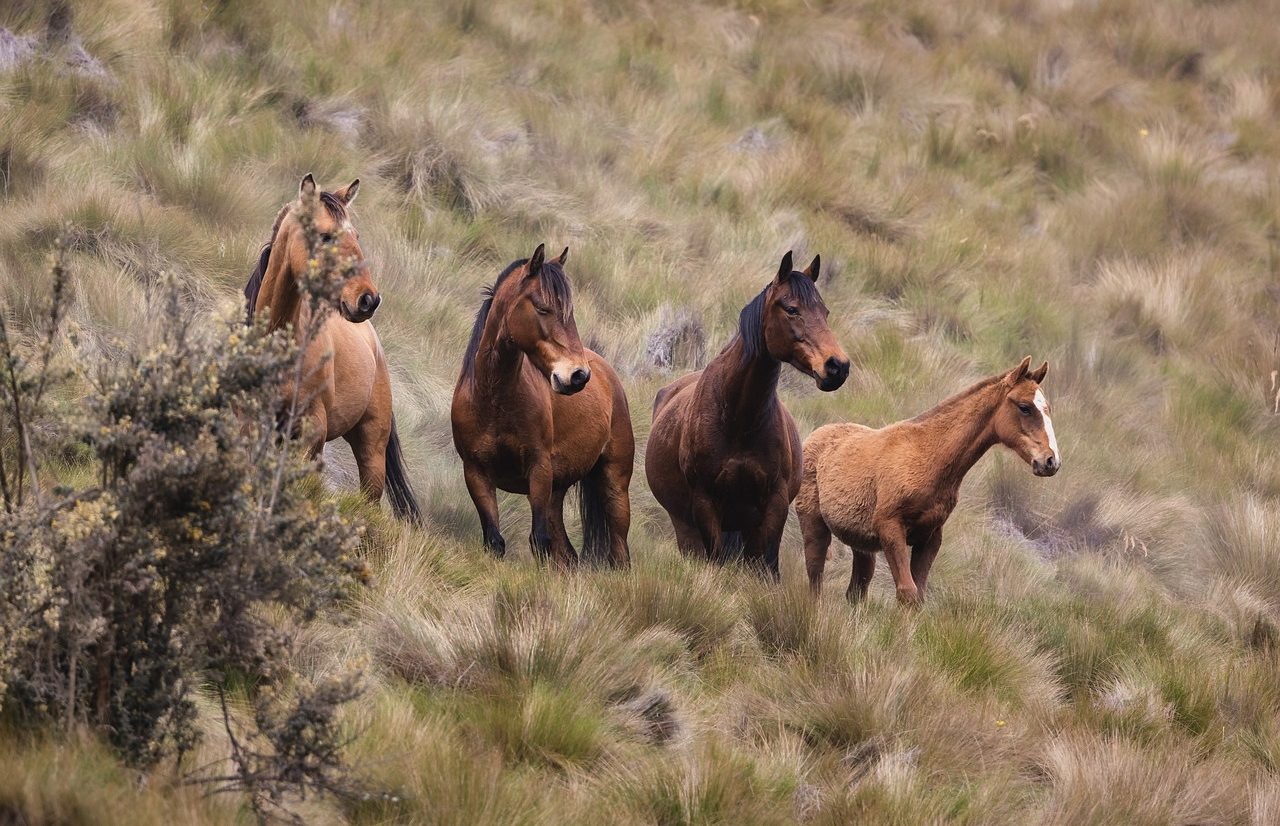
Conservation biology focuses on the study and preservation of biodiversity.
Conservation biology is a scientific discipline that focuses on the study and preservation of biodiversity, seeking to mitigate the impact of human activities. Its main objective is to protect species, habitats and ecosystems, ensuring the sustainability of natural resources for future generations. Combining principles of ecology, evolutionary biology and environmental science, this branch of biology develops strategies to conserve biological diversity and promote practices that promote environmental balance.
Origin of conservation biology
The origin of conservation biology dates back to the 1980s, when scientists and environmentalists began to recognize the urgent need to protect biodiversity from the increasing impact of human activities.
The discipline formally emerged in response to rapid rates of extinction and the destruction of natural habitats. Inspired by ecology and evolutionary biology, conservation biology was conceived as a crisis science with an applied approach, aimed at developing strategies for the conservation of ecosystems and the monitoring of endangered species.
Pioneering researchers, such as Michael Soulé , promoted the establishment of ethical and scientific principles to guide the protection and recovery of biodiversity, thus forming an interdisciplinary foundation that continues to evolve today.
Biodiversity
Biodiversity represents the variety of life forms on Earth, including species, genes and ecosystems, and is essential for the balance and health of natural systems. However, the human impact on biodiversity, derived from activities such as deforestation, pollution and climate change, has accelerated the loss of species and habitats, affecting the resilience of ecosystems.
Valuation of biodiversity
To mitigate these effects, the valuation of biodiversity has become essential, allowing its ecological, economic and cultural importance to be quantified. This approach facilitates informed decision-making in conservation policies. The biodiversity database plays a crucial role in gathering information on species and habitats, offering a resource for researchers, environmental managers and public policy makers.
Tools such as biodiversity indicators, which measure the health of specific ecosystems, and biodiversity mapping, which visualizes the geographic distribution of species and habitats, are essential for monitoring and planning conservation strategies . These resources allow a comprehensive analysis of biodiversity and its preservation in a context of increasing human pressure.

Through different strategies, conservation biology protects soils and plants.
Study of populations and their dynamics
Population dynamics refers to changes in the size and structure of populations over time, influenced by factors such as birth rate, mortality, immigration and emigration. These changes are fundamental to understanding how species interact with their environment and how they respond to environmental variations. Population studies involve collecting and analyzing data on the distribution and abundance of a species, as well as evaluating its demographic characteristics and behavior.
Population biology is the branch that focuses on these studies, examining genetic characteristics, growth, and interactions within populations. This discipline is essential for conservation, as it provides valuable information on how to maintain the viability of species, as well as strategies for their management and recovery from environmental threats. Understanding population dynamics and biology allows scientists and conservationists to make informed decisions that promote biodiversity sustainability.
Conservation and ecological restoration strategies
Ex situ conservation
It is the protection and preservation of species outside their natural habitat, often in botanical gardens, zoos or seed banks. This strategy is crucial for endangered species or those that have lost much of their habitat, allowing research, education and, in some cases, the reintroduction of individuals to their original ecosystems.
In situ conservation
It focuses on the protection of species in their natural habitats, promoting the conservation of entire ecosystems and the maintenance of biodiversity in their environmental context. This strategy is essential to ensure the continuity of ecological processes and interactions between species that are vital for the health of the ecosystem.
Ecological restoration
It complements the two previous approaches. It seeks to return a degraded ecosystem to a functional and sustainable state. This involves the rehabilitation of habitats, the reintroduction of native species and the restoration of natural ecological processes. Together, these strategies form a comprehensive approach to biodiversity conservation, ensuring the survival of species and the health of ecosystems in an ever-changing world.
Ecosystem and habitat conservation strategies
Plant Conservation
It is essential for maintaining biodiversity and the ecosystem services they provide, such as oxygen production, climate regulation and supporting habitats for other organisms.
Soil conservation
It complements the previous one. Protects soil fertility and structure, essential for agriculture and environmental sustainability.
Wetland conservation
It is critical, since these ecosystems act as natural filters, regulate the water cycle and are refuges for a great diversity of species.
Forest conservation
It is vital not only for biodiversity, but also for climate change mitigation, as forests store carbon and help maintain ecological balance.
Species conservation: diverse approaches
Bird conservation
Ds essential, as these species are indicators of ecosystem health and play crucial roles in pollination and seed dispersal.
Mammal conservation
It focuses on protecting both emblematic species and those less known, ensuring their survival and the maintenance of ecosystem dynamics.
Reptile conservation
Along with amphibian conservation, it is equally important, given that these groups are especially vulnerable to habitat loss and climate change.
Fish conservation
It is essential for the health of aquatic ecosystems and the food security of many communities.
Invertebrate conservation
Which includes insects and other small organisms, is crucial for the functioning of ecosystems, since they are fundamental in processes such as pollination, decomposition and pest regulation. Together, these conservation approaches contribute to the preservation of biodiversity and the health of the planet.

Caring for animals is one of the main points of conservation biology.
Conservation management and protected areas
The management of protected areas is a key component in the conservation of biodiversity, since it involves the planning and administration of natural spaces intended for the protection of wild flora and fauna. Nature reserves and national parks are examples of these areas, where ecosystems and species are sought to be preserved in their natural state, while promoting the sustainable use of resources.
A crucial aspect of this management is conservation genetics , which focuses on maintaining the genetic diversity of populations to ensure their resilience and adaptability in the face of environmental changes. Landscape ecology plays an important role in studying how landscape structure affects biodiversity and connectivity between habitats.
Natural resource management is essential to balance conservation with human needs, ensuring responsible and sustainable use of resources. Environmental education is essential to foster community awareness and participation in conservation. In addition, ecological corridors make it possible to connect protected areas and mitigate the effects of habitat fragmentation, facilitating the movement of species and genetic exchange, which contributes to the health and stability of ecosystems. These comprehensive approaches are vital to ensure the effective conservation of biodiversity and the maintenance of ecosystem services.
